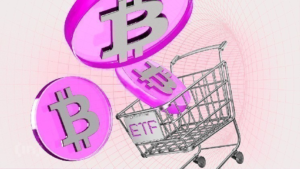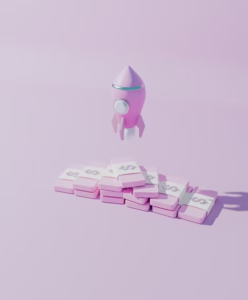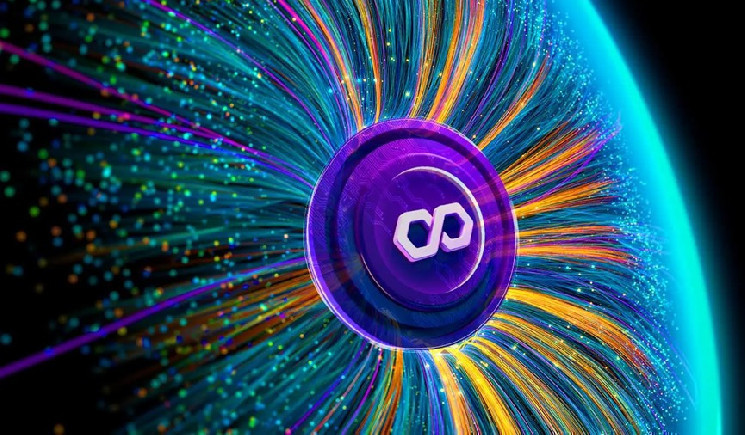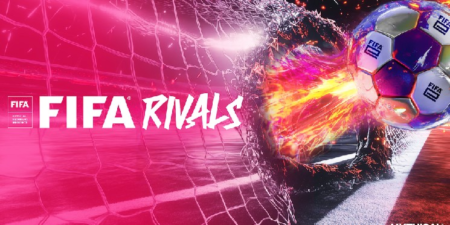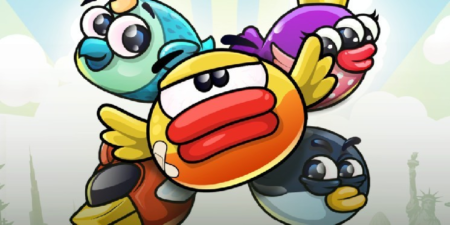In previous years, the name Polkadot was rarely mentioned in the same breath as the dedicated chains that have sprung up to cater for the demands of GameFi. But quietly, web3 gaming has begun to flourish on Polkadot’s Substrate-based family of chains. Leading the charge is Mythical Games, which is flying the flag for GameFi on Polkadot and beyond.
Gaming on a General Purpose Chain
While gaming was always envisaged as one of the use cases for Polkadot, it was typically cited alongside more established use cases such as DeFi and enterprise applications. Today, Polkadot is used for all these purposes as well as emerging use cases such as RWAs. But in 2024, it’s GameFi that’s been showing particular promise as loyal communities have formed around popular web3 titles.
The success of Mythical Games in spearheading the growth of web3 gaming on Polkadot infrastructure has been significant. In April 2023, Mythical announced that it was leaving Ethereum to relaunch its gaming ecosystem on Polkadot. That move has been an unbridled success with its NFL Rivals release going on to record over 5 million downloads.
The mobile game, which allows NFL fans to create and manage their own dream team, has proven that rare thing in GameFi: a bona fide hit. The combination of arcade-style football gameplay and collectible NFTs representing football stars has resonated with players, propelling NFL Rivals to over $6M in trading volume by the start of this year. Its success has been aided by the fact that it is one of the only apps aside from Madden to have been approved by the NFL.
While Mythical’s rise has been intertwined with that of NFL Rivals, the developer has other strings in its bow. Expectations are high for Blankos, the next mobile game that will bear the Mythical imprint. The Mythical Platform, meanwhile, provides a full-service stack for developers to create blockchain-based games, be they new titles or existing releases equipped with web3 functionality. The platform handles issuance and game integration of NFTs and tokens, with scaling to suit mass market games.
NFL Rivals and Mythical may have attracted much of the plaudits, but Polkadot’s sprawling gaming ecosystem has much more to offer.
The Growth of Web3 Gaming on Polkadot
The term “web3” owes its origins to Polkadot Founder Dr. Gavin Wood and Web3 Foundation, the organization overseeing Polkadot ecosystem development. It’s fitting, therefore, that web3 gaming should have found a home on the network’s main chain and assorted parachains.
Moonbeam Network has been at the vanguard of this trend having launched a new phase of its Moonbeam Moonrise program. This has seen $13M allocated towards incubating new projects, with gaming a core pillar. A subcategory of this initiative, dubbed N3MUS, is focused on mainstreaming web3 gaming. Current Moonbeam-based games include fantasy realm Evrloot and racing game Exiled Racers.
In Japan, meanwhile, Astar Network is advancing Polkadot gaming through forging partnerships with studios and developers seeking to create original blockchain games. And then we have Moonsama, a novel Polkadot chain which is on a mission to enhance the utility of NFTs. Its Multiverse Portal enables full customization of the interactions between NFTs and web2 and web3 applications. Moonsama’s Battle Engine, meanwhile, is currently powering games such as Pondsama.
More Modular, More Games
Another big change that will establish Polkadot’s credentials as a leading gaming-friendly chain is JAM, the largest upgrade to the network’s architecture in its history. The Joint Accumulate Machine will radically change the way Polkadot parachains operate, replacing the Relay Chain with a more modular design.
In short, this upgrade will do away with the parachain auction system. Instead, developers will be free to create services and deploy smart contracts without getting into the protracted and expensive process of bidding for parachains. The launch of JAM is expected to make it easier for dapps to be deployed on Polkadot, allowing innovation to flourish – with GameFi among the chief beneficiaries.
The introduction of JAM will make it easier for tokens and data to be transmitted between Polkadot chains, driving down the complexity of deploying cross-chain dapps. The release will also introduce major scalability improvements, making Polkadot better equipped to host high volume dapps. This is particularly important with gaming dapps, where actions must be recorded onchain but without introducing latency or friction that risks impairing the playing experience.
At ETHPrague, Vitalik Buterin and his former Ethereum co-founder Dr. Gavin Wood sat down for an eagerly anticipated fireside chat. The event united two of the biggest brains in blockchain and prompted high level discussions about governance, scalability, and decentralization. During the chat, Wood was frank about how his thinking on blockchain design has evolved over the years, concluding that JAM embodies his current belief system: that there are benefits to uniting activity on a single chain and reducing fragmentation.
There is a growing sense that Polkadot has regained its momentum and now has a clear idea of what it’s good at and what needs to be done to accelerate mass adoption. This renewed focus and sense of urgency spells good news for players and developers of web3 games. Once little more than a use case, it’s now at the heart of where Polkadot and its parachains are headed next.
Read the full article here
